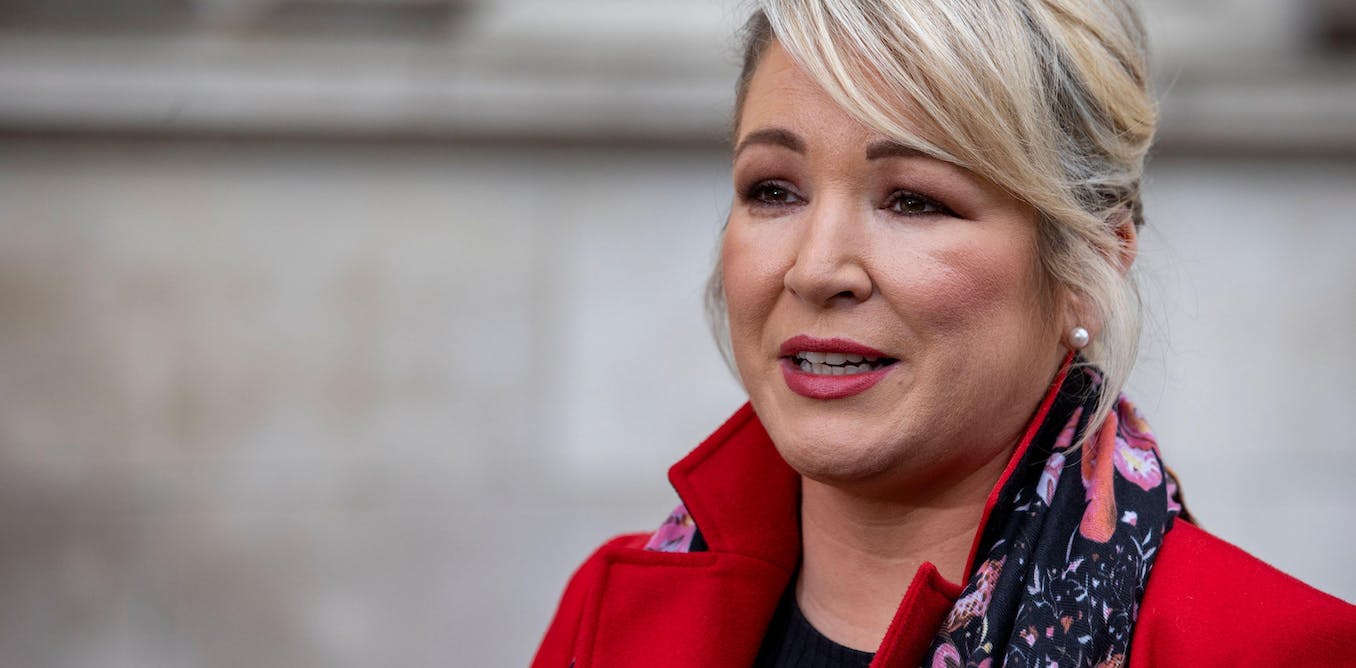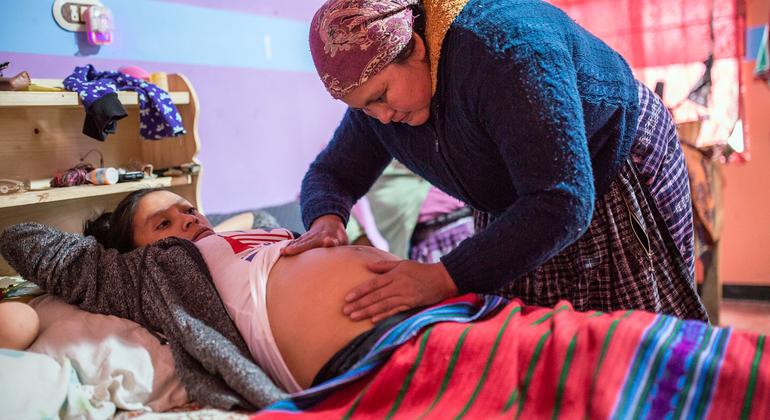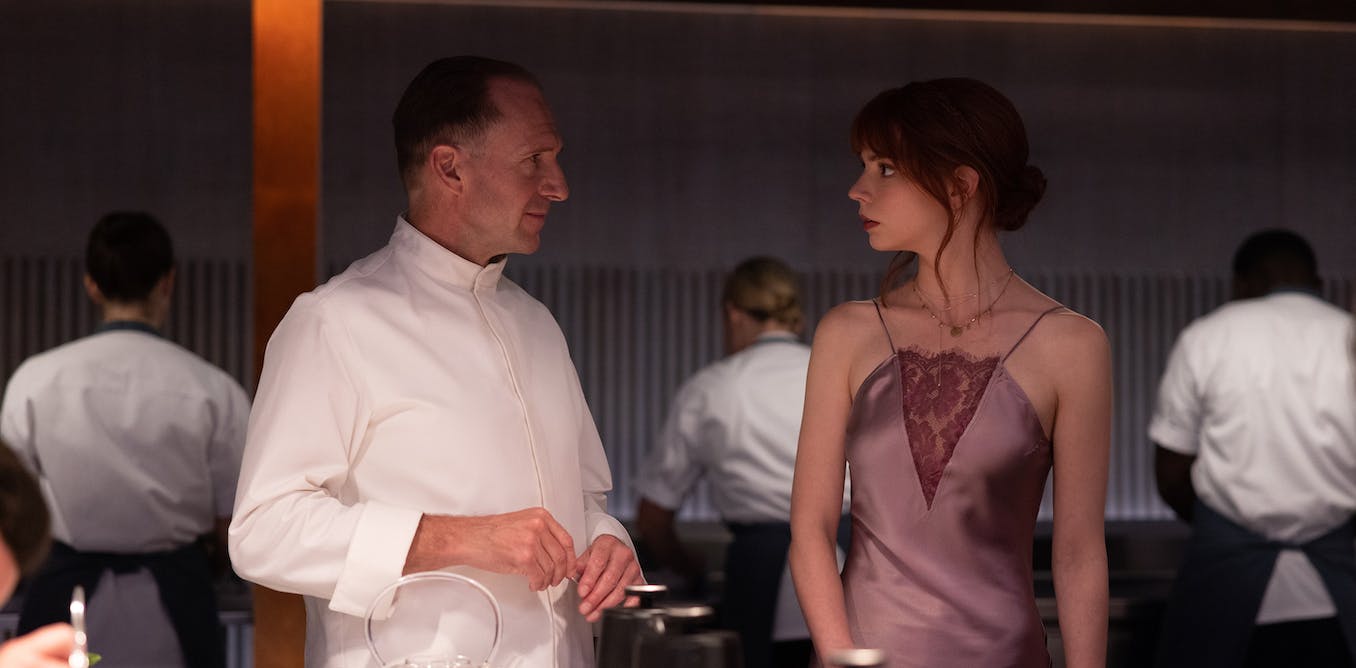Sinn Féin vice president Michelle O’Neill’s acceptance of the offer to attend the coronation of King Charles III may come a surprise to some. It is standard protocol for such an invitation to be made to all significant political parties in the UK, including those in the devolved regions, and Sinn Féin is now the largest party in the Northern Ireland Assembly. However, history is a complicating factor in this case, and even today Sinn Féin still refuses to take its seats in the Westminster parliament. This is an expression of its refusal to recognise British sovereignty over Northern Ireland.
Sinn Féin will argue that attending Charles’s coronation is merely a mark of respectful neighbourly relations rather than any act of fidelity. It is, of course, also a gesture to Ulster unionists. Indeed, on announcing her intention to attend the event, O’Neill said as much, declaring that it was “time to respect our differing and equally legitimate aspirations” in Northern Ireland. While still emphasising her own republicanism, she also recognised that “there are many people on our island for whom the coronation is a hugely important occasion.”
By invoking an all-Ireland context, O’Neill was implicitly restating her refusal to accept the country’s partition. But her words also suggest there is a wider audience for Sinn Féin’s gesture. It is not only a signal to unionists and neighbours across the water but to voters in the Republic of Ireland. Indeed, it was arguably the latter who prompted Sinn Féin’s shift in position regarding the British crown in recent years. This is a change that started in 2011 with Queen Elizabeth’s visit to the Republic of Ireland.
On that occasion, Sinn Féin quickly realised that it was out of step with southern Irish opinion. Still holding to a traditional republican stance, the party was boycotting the Queen’s visit but then seemed surprised at how she was received by ordinary people, who cheered and applauded her at various engagements. Seemingly in response to this, Michael Browne, Sinn Féin mayor of Cashel, decided to defy the party’s instructions by meeting the Queen and shaking her hand.
Symbolic meetings
Rather than being reprimanded, Browne’s actions pointed the way forward for his party colleagues. When the Queen visited Northern Ireland the following year, Martin McGuinness was equally eager to meet her and shake her hand. The Queen’s reciprocation provided an enduring image of the Northern Ireland peace process, and a move that was rich in symbolism. McGuinness was a former commander in the IRA, the organisation responsible for killing the Queen’s cousin, Lord Mountbatten, in 1979. The Queen was head of the British armed forces, whose soldiers had killed 14 civil rights protesters in McGuinness’s hometown in 1972. Their meeting demonstrated to all that this violence was in the past. Both figures showed tremendous leadership in this moment.

Alamy/Wenn Rights
A further two years on and McGuinness was also raising a glass to toast the Queen’s health during a banquet at Buckingham Palace, the occasion celebrating the first state visit to the UK by an Irish President, Michael D. Higgins. Other such gestures followed from each side, and even before he became King, Charles showed that he was eager to continue his mother’s efforts to advance peace in Northern Ireland. He met and shook hands with Gerry Adams in 2015, an act which also had personal resonance given Charles’ closeness to Lord Mountbatten, who had acted as something of a mentor to the young prince in the 1970s.
Now King, Charles’ invitation to Sinn Féin to attend his coronation is in keeping with this process of reconciliation and the normalisation of relations between Britain and Ireland.
Smart politics
Sinn Féin’s acceptance of the invitation is part of the same effort, but also has a more political intent. Since the Queen’s visit in 2011, the party’s support has gradually grown, surging in the last Irish election in 2020, and with all polls suggesting it will win the next. Sinn Féin is thus eager to show voters in the Republic that it is now ready to lead the country, and to reassure those who might feel it lacks the necessary political tact and diplomacy to represent Ireland on the world stage. Good relations with its nearest neighbour, whatever the difficult past, or the more recent tensions over Brexit, are essential to this. By attending King Charles’ coronation, Sinn Féin is demonstrating that it is up to the task.
Dissident republicans will claim that O’Neill is “selling out” in attending King Charles’ coronation, but Sinn Féin will argue that it is still advancing its core mission. Majority mandates in both parts of Ireland will bolster its demands to hold referendums on Irish reunification in the two jurisdictions – as is permitted under the terms of the Good Friday Agreement, the deal that ended the conflict in Northern Ireland.
Indeed, this intent is encoded in O’Neill’s statement on the issue. Saying that it was “time to respect our differing and equally legitimate aspirations” meant recognising unionists’ desire to remain part of the UK, but also nationalists’ to unite Ireland. O’Neill continued by saying it was also “a time to firmly focus on the future and the opportunities that the next decade will bring”. Sinn Féin regularly insists that referendums on Irish reunification should be held within the next decade, so its supporters know what is being inferred.
Meanwhile, the party will continue to use its growing power in both parts of Ireland to press for greater co-operation and alignment between the two jurisdictions, suggesting that this will smooth the path towards their eventual unification. The IRA once claimed that it was engaged in a “long war” to force the British state from Northern Ireland and unite with the Republic. Sinn Féin, by contrast, is playing a long political game, but one geared towards the same end goal.




